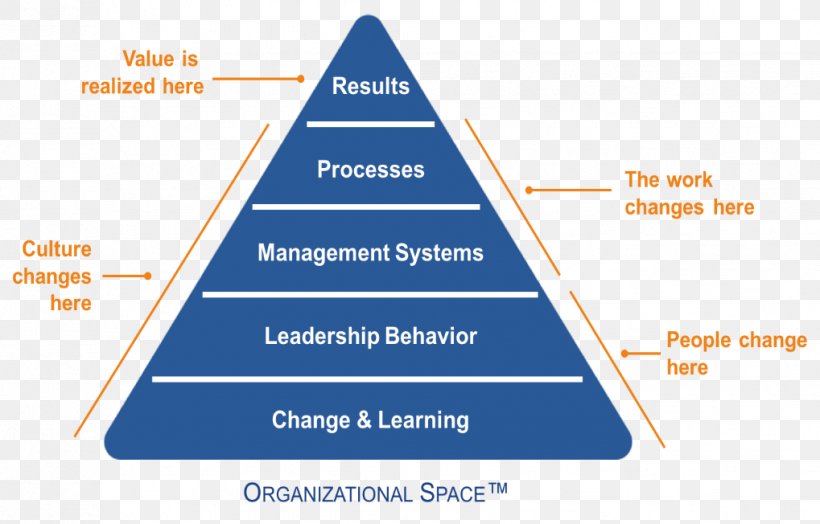
Investing in mutual funds has long been a popular choice for individuals looking to diversify their portfolios, achieve consistent returns, and navigate the complexities of financial markets. In Singapore, a robust investment environment, paired with a wide range of mutual fund options, provides investors with opportunities to grow their wealth across various asset classes. However, with so many funds available, making the right choice can be a challenge.
Understanding Mutual Funds
A mutual fund is a pooled investment vehicle where many investors contribute money, which is then managed by a professional portfolio manager. The pooled funds are used to purchase a diversified portfolio of securities, such as stocks, bonds, or other assets.
Mutual funds are designed to make investing accessible to a wide range of individuals, offering diversification even with small investment amounts. Investors hold units in the fund, and the value of their units fluctuates based on the underlying assets’ performance.
Mutual funds offer several key advantages:
- Professional Management: Funds are managed by experienced portfolio managers who make investment decisions on behalf of investors.
- Diversification: By investing in a variety of assets, mutual funds help spread risk and reduce the potential for large losses.
- Liquidity: Most mutual funds allow investors to buy or redeem units at the current net asset value (NAV) on any business day.
- Accessibility: Mutual funds are available to both novice and experienced investors, with many funds requiring relatively low minimum investments.
Factors to Consider When Choosing Mutual Funds in Singapore
Before choosing a mutual fund, investors need to assess their risk tolerance and financial goals. Some funds are designed for aggressive growth, making them suitable for investors who are willing to accept higher risk for potentially higher returns. Others, like bond funds or balanced funds, are more conservative, prioritizing stability and income generation over high growth.
Fund Performance and Historical Returns
While past performance is not always indicative of future results, reviewing a fund’s historical returns is essential. Look at performance across different time frames, such as 1, 3, 5, and 10 years, to gain an understanding of how the fund has performed in various market conditions. Additionally, investors should consider risk-adjusted performance metrics, such as the Sharpe ratio, to evaluate how much risk the fund has taken to achieve its returns.
Costs and Fees
Fees are an important consideration when selecting a mutual fund. These include:
- Management Fees: Charged for the fund manager’s services. These are usually a percentage of the assets under management (AUM).
- Sales Charges: Some funds charge an upfront fee when you buy units, called a front-end load, while others may charge a fee when you sell units (back-end load).
- Expense Ratios: This is the total annual fee that covers the operational costs of the fund. Lower expense ratios generally benefit investors, especially over the long term.
Fund Management and Reputation
The performance of a mutual fund is largely influenced by the expertise of its managers. Investors should consider the track record of the fund manager, the investment team’s experience, and the reputation of the management company. A well-established management firm with a long history of good performance can offer more confidence in its ability to weather market volatility.
Types of Mutual Funds Available in Singapore
Equity funds primarily focus on investing in stocks with the goal of achieving capital growth. These funds are ideal for investors who are willing to take on higher risk in pursuit of greater potential returns. Equity funds may concentrate on particular sectors, like technology or healthcare, or they may invest across a wide range of industries through broader market funds.
Balanced Funds
Balanced funds blend equities and bonds within a single portfolio, creating a diversified investment strategy that seeks to balance both risk and reward. The bond portion of these funds is designed to deliver consistent income, while the equity component provides opportunities for growth. These funds are well-suited for investors looking for a moderate level of risk.
Sector-Specific Funds
Sector-specific funds invest in a particular industry, such as technology, healthcare, or real estate. These funds allow investors to target high-growth sectors, but they come with additional risk due to their concentrated nature.
Index Funds and ETFs
Index funds and exchange-traded funds (ETFs) track a market index, such as the Straits Times Index (STI) or global benchmarks like the S&P 500. These funds passively mirror the performance of the index, offering low-cost, diversified exposure to the market.
How to Evaluate and Select the Right Mutual Fund for You
Before investing in any mutual fund, it’s crucial to assess your financial goals, risk tolerance, and investment horizon. Are you investing for short-term goals or long-term wealth building? Do you have a low tolerance for risk, or are you willing to accept volatility for potentially higher returns? Understanding your profile will help guide your choice of fund.
Once you’ve assessed your risk tolerance and goals, select funds that match your objectives. If you’re saving for retirement, you may prefer long-term growth through equity funds or index funds. For more immediate income needs, bond funds or balanced funds may be more appropriate.
One strategy for managing risk is diversification. By investing in a mix of different types of funds—such as equity, bond, and balanced funds—you can reduce the impact of any single investment’s poor performance on your overall portfolio.
Conclusion
Choosing the right mutual fund for your investment portfolio in Singapore requires careful consideration of your financial goals, risk tolerance, and the performance characteristics of available funds. By understanding the different types of mutual funds and comparing their features, you can make more informed decisions that align with your personal investment strategy. Click here for more information on finding the best mutual fund for your specific needs.



